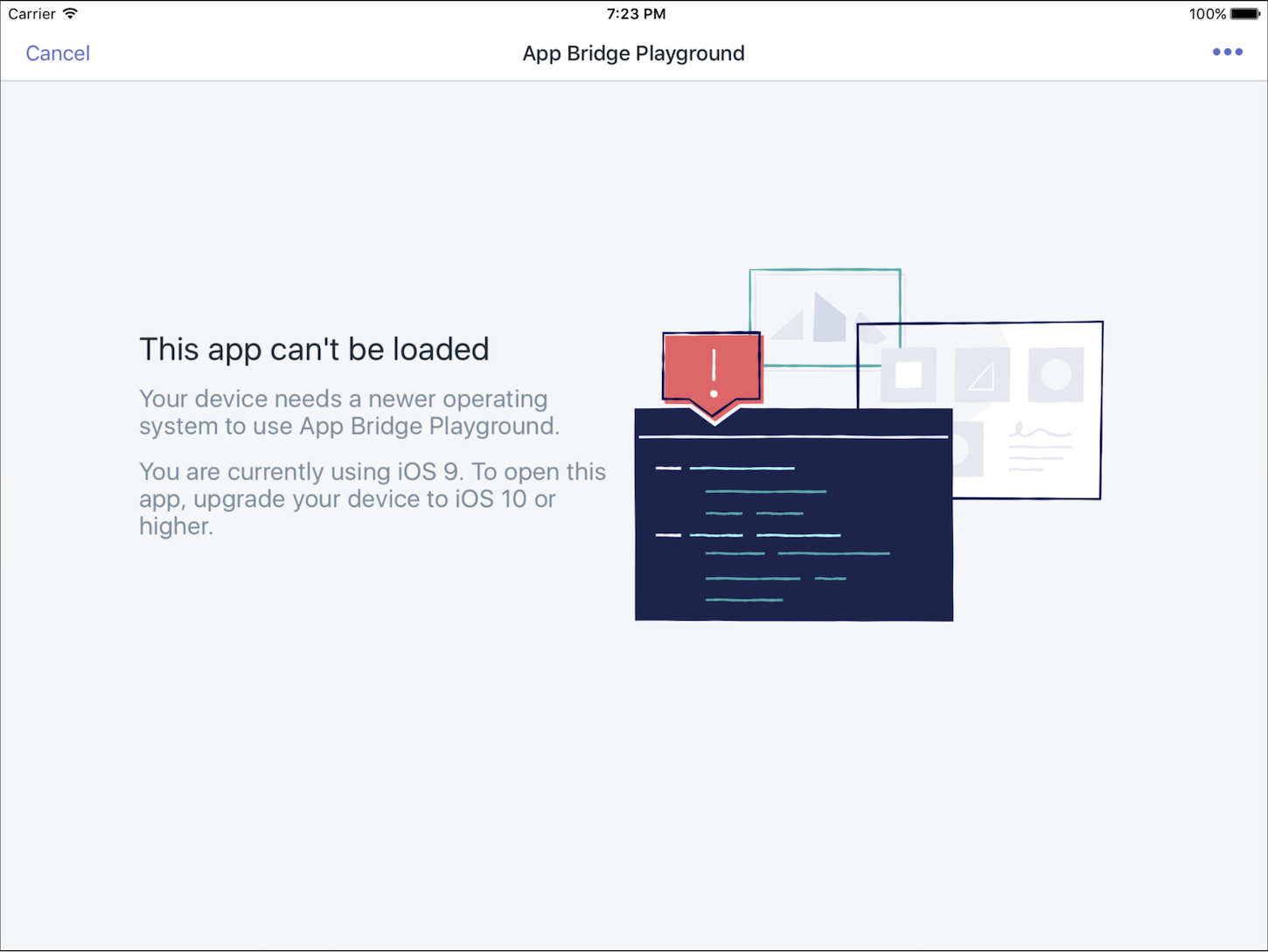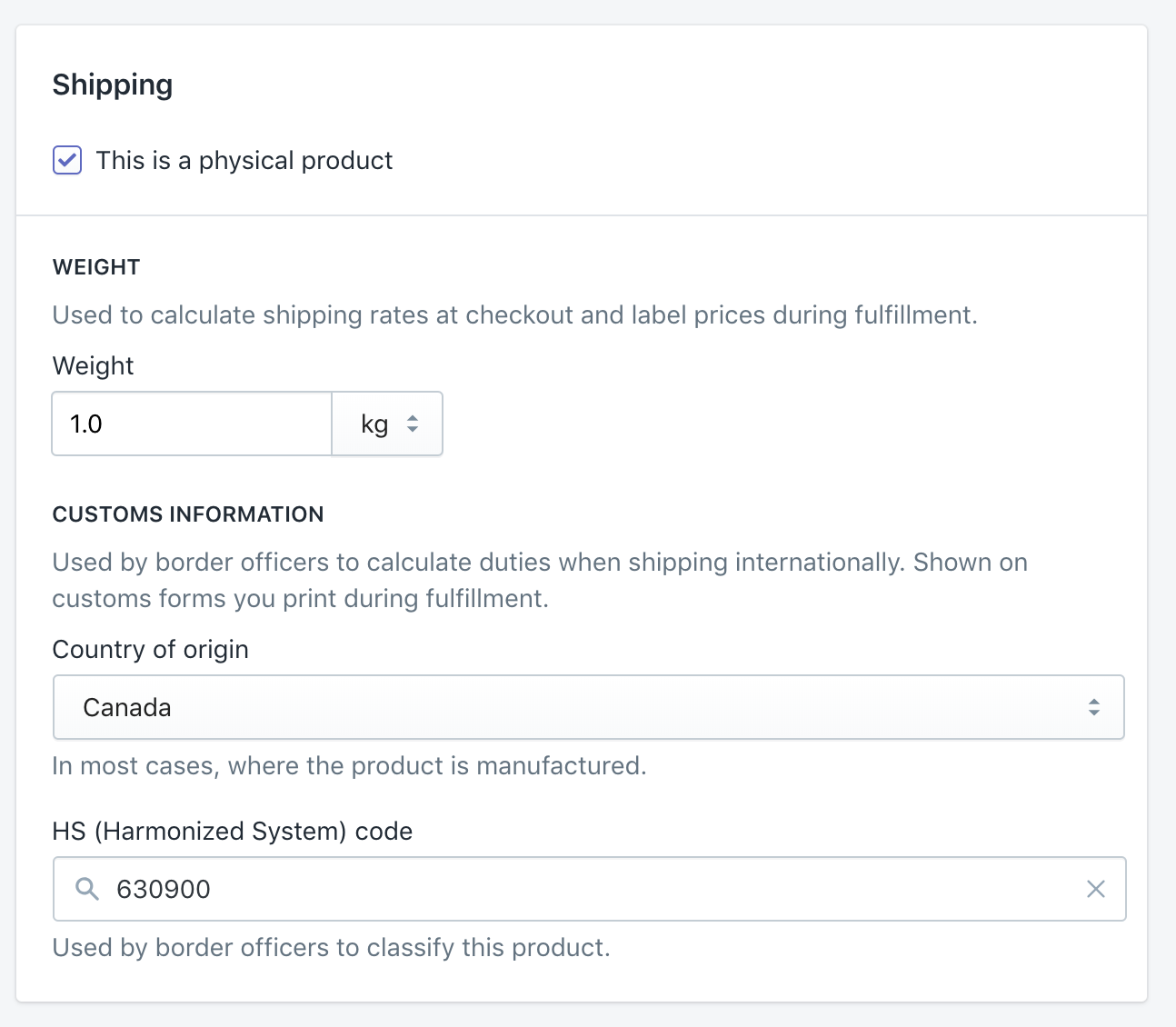Welcome back to Developer Digest.
With spring fast approaching, we’re cleaning up, updating the old, and announcing improvements across the Shopify platform.
Read on to learn about updates to Shopify Flow app extensions, Buy Button improvements, and the latest on API changes.
In this article
Platform news
- Improvements to the Shopify Flow app extension
- POS embedded apps no longer supported on iOS 9 or earlier
- Buy Button improvements
Recent API Changes
Platform news
Read on for our newest app development opportunities, and stay informed of upcoming deprecations.
Improvements to the Shopify Flow app extension

Since it’s release at Unite, over 35 partners have integrated their app with Shopify Flow—an automation tool for Shopify Plus merchants. Any app developer can create triggers and actions for Shopify Flow that merchants can use to start or end their automated workflows.
Our most recent updates include asynchronous actions, improved security, and efficient triggers with usage webhooks.
With trigger usage webhooks, you can now build a more efficient connector that lets you track which stores are using your triggers in workflows. You can use this data to make your apps more efficient and reduce the load on your web servers. For example, you can send trigger data to only those stores that need it.
Learn more about the updates we’ve made. And if you’re interested in building a connector for Shopify Flow, follow our step-by-step tutorial.
POS embedded apps no longer supported on iOS 9 or earlier

As of April 1, 2019, apps that use the Shopify POS App SDK will no longer function on devices that use iOS 9 or earlier. Calls to embedded apps will be intercepted at the application level and merchants will be shown an error page that prompts them to upgrade their device or operating system.
Buy button improvements
Have your clients asked for the option to leave notes at the checkout stage with Buy Button? New configuration options are now available. The Buy Button JS library update allows you to expose an input field in the cart to collect checkout-level notes from the buyer.
You can learn more about these changes in our GitHub issue.
You might also like: Developer Digest: February 1, 2019.
Recent API Changes
Greater transparency into our API changes means fewer disruptions to you as a developer. Below are the most recent changes you should be aware of.
Updated API Terms of Service
We recently made some updates to the Shopify Partner Program Agreement (PPA) and the Shopify API License and Terms of Use (API Terms). These changes encourage the best possible merchant experience within our developer and partner ecosystem and protect the integrity of the Shopify platform.
Please review this summary of some of the changes we’ve introduced. We encourage you to take a few moments to review the updated PPA and Shopify API Terms to better understand how all of the updates may impact your business.
InventoryItem updates

Classifying goods is an important consideration when it comes to shipping across borders. The Harmonized System (HS) is used worldwide for classifying goods according to different categories, each with a unique six-digit code. However, each country can have its own sub-classification for certain products, which makes for a complicated process.
The InventoryItem resource now includes fields for the 6-digit Harmonized System code (HS code), the country code of origin, the province code of origin, and a list of country-specific HS codes.
Merchants will see a new UI for the HS code when they edit a product variant. This change will let merchants find the right code for their product by searching appropriate keywords.
To help you leverage this information in your apps, we're exposing these fields on the InventoryItem resource in the REST Admin API. You can also read and write country-specific HS codes by using the API.
To learn more, check out InventoryItem in the Shopify Help Docs.
You might also like: 5 Ways to Stay Informed as a Shopify App Developer.
New API call limits
On March 14, 2019, we’re adding call limits that restrict the number of variants that can be created by the API after a shop reaches a certain threshold.
Below are the specific endpoints of API call limits.
REST
admin/productsadmin/products/{ID}admin/products/{ID}/variantsadmin/products/{ID}/variants/{ID}
GraphQL
productCreateproductUpdatevariantCreatevariantUpdate
When an app reaches a limit, it will receive an HTTP 429 error. The app should then implement retry behavior.
For more information, see API call limits for specific endpoints.
Tender Transactions API updates
Do you have an app that requires frequent and timely updates on transactions? The Tender Transactions API now supports webhook events for newly created Tender Transactions.
Learn how to apply webhook events.
Tools to succeed
Staying up-to-date as a Shopify Developer will allow you to adapt to technical changes and handle client requests more effectively. With more transparency at your fingertips, we hope you’re feeling well equipped to head into the new season with confidence and greater optimism.
Read more
- What’s New at Shopify: October 13, 2017
- Unite 2018 Keynote Roundup: Bringing Commerce to Everyone, Everywhere
- Video] The Keynotes from Shopify Unite 2019
- Happy Holidays! Year in Review
- How to Win Shopify’s Commerce Awards 2017: The Judges Weigh-In
- Commerce+ 2021: A Recap of What’s Next in Commerce
- Introducing the Shopify Experts That Won Our Build-A-Business Competition!
- The 2017 Shopify Commerce Awards — Apps and Development Honorable Mentions
- How to Enter Your Clients in this Year’s Build A Business Competition
What updates are you most excited about? Tell us in the comments below!

